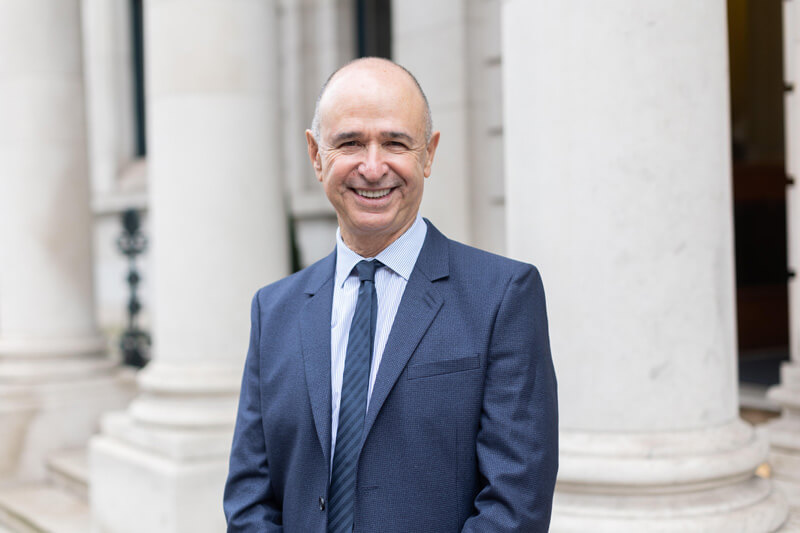
The healthcare profession usually performs well in the public’s perception of trust. In an IPSOS survey in 2023 the healthcare profession remains the most trusted of all by the public, writes Dr. Peter Lachman. This may surprise some as there are challenges in waiting lists, patient safety and personal experience. This response is the same in many countries, although when there is a patient safety issue, the trust level decreases. And trust lost is difficult to regain.
When one goes to a health facility for diagnosis and then treatment, one believes that one will receive evidenced based care following the correct diagnosis being made. It is hard to quantify what this concept of trust entails, but we place our lives and wellbeing in the hands of the clinical team and the support services. More specifically, the trust in healthcare is a belief that one receives the right diagnosis and care without error and harm. If this is the goal, the public may trust a healthcare service with delays as long as the eventual outcome of good clinical care is reached. However, patient safety challenges and resource allocations have started to erode trust and we need to look at what it will take to ensure that people trust the healthcare service.
In the multidimensional model that I developed with Paul Batalden and Kris Vanhaecht, we proposed that the future of healthcare would be the coproduction of health, rather than mainly the management of disease. We contend that a compassionate and successful healthcare system would have core values and the dimensions of quality would all have person centred care surrounding each one. This is a change from simply providing services and introduced coproduction of care as the way forward for healthcare – and this is more than consultation and engagement, but rather a sharing of power with patients and their families. Doesn’t it make sense.
But how does this happen? A research team in Flanders has been testing the model and has developed the Flanders Quality Model, FlaQuM which aims to provide a model of quality care where organisations can own their quality rather than relying on an external regulatory system. Flanders has a similar population size as Ireland so there is the opportunity to examine what they are implementing and over time to see where we can learn from them.
A collaborative of over twenty hospitals are working together to define what quality really means to them. Building the quality programme around the multidimensional model they are attempting to go to a “post regulation and accreditation” phase. It is still early days. but we can expect to see quantifiable outcomes as they have researchers embedded in the implementation. Our most recent conceptual paper is called The “House of Trust”. A framework for quality healthcare and leadership, which operationalises the concepts of the multidimensional model.
We describe the “moment of truth” where perfection occurs i.e. the clinician is able to deliver the care that is needed and wanted at the right time every time. To achieve the “moment of truth,”the work of the “Back Office” consisting of support staff and services facilitated by the managers and executives meets the needs of the “Front Office” of clinicians who are meeting the patients. Too often the two parts of healthcare are not synchronised and in tune with each other, therefore resulting in delays, missed opportunities, safety challenges and inefficiencies impacting on person centred care. The “House of Trust” provides a framework in which the elements of domains of quality come alive and protects trust in healthcare. The outcomes are happy people – professionals, patients and the managers that support them.
Have a look at the paper and please feedback your thoughts on the F1000 platform. More importantly, please apply these concepts in your day to day work
Postscript
And as a postscript, the December 2023 edition of my article focussed on diagnostic error. On 17th September the World Health Organisation celebrates World Patient Safety Day which has its focus on “Improving diagnosis for patient safety” The latest advice comes in a paper published this month calling for a human factors approach to the problem. This implies that, instead of blaming a person for a diagnostic error one needs to look at the socio-technical issues that brought it about. It is all about ensuring we have the elements discussed in the article.

